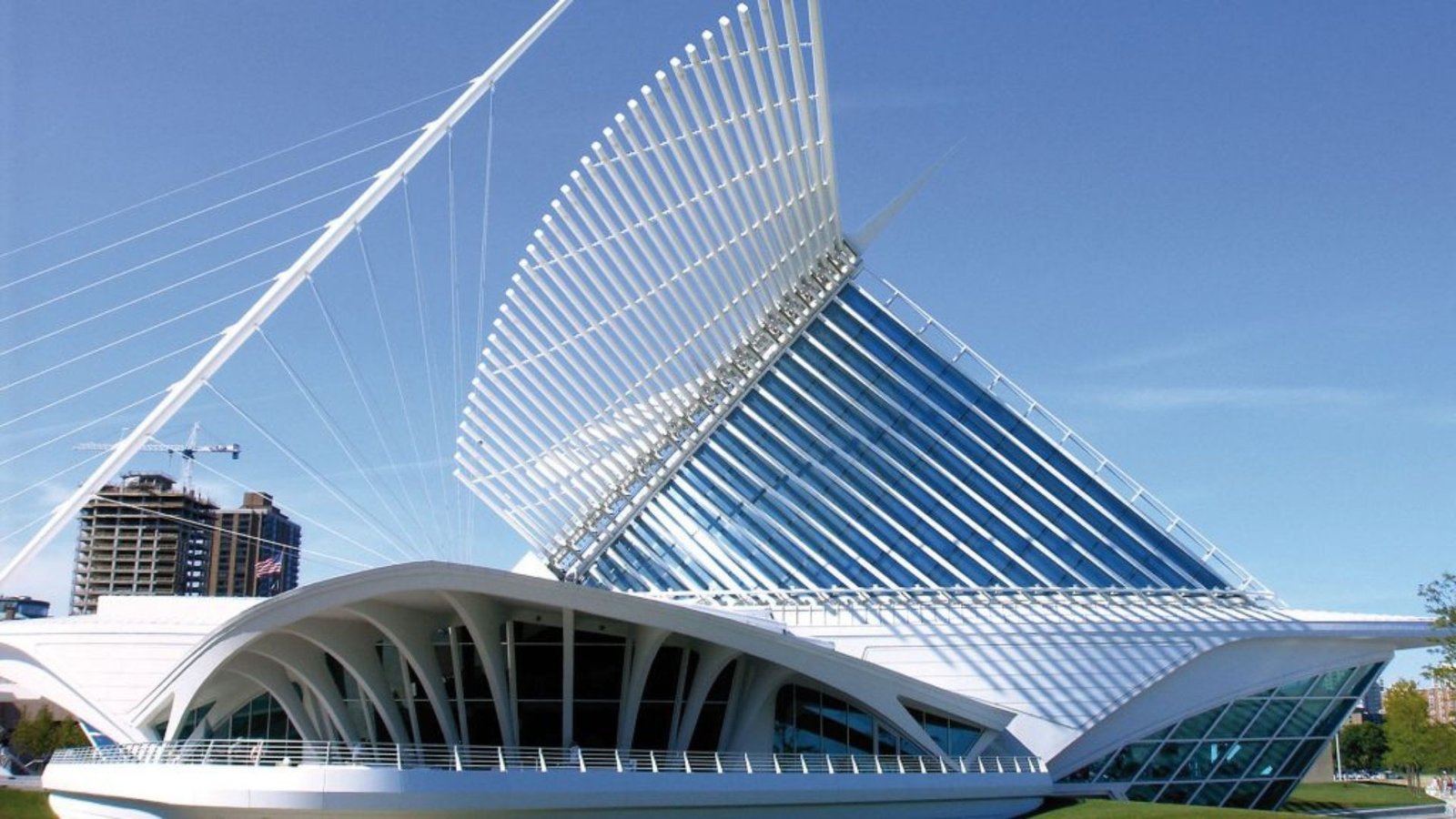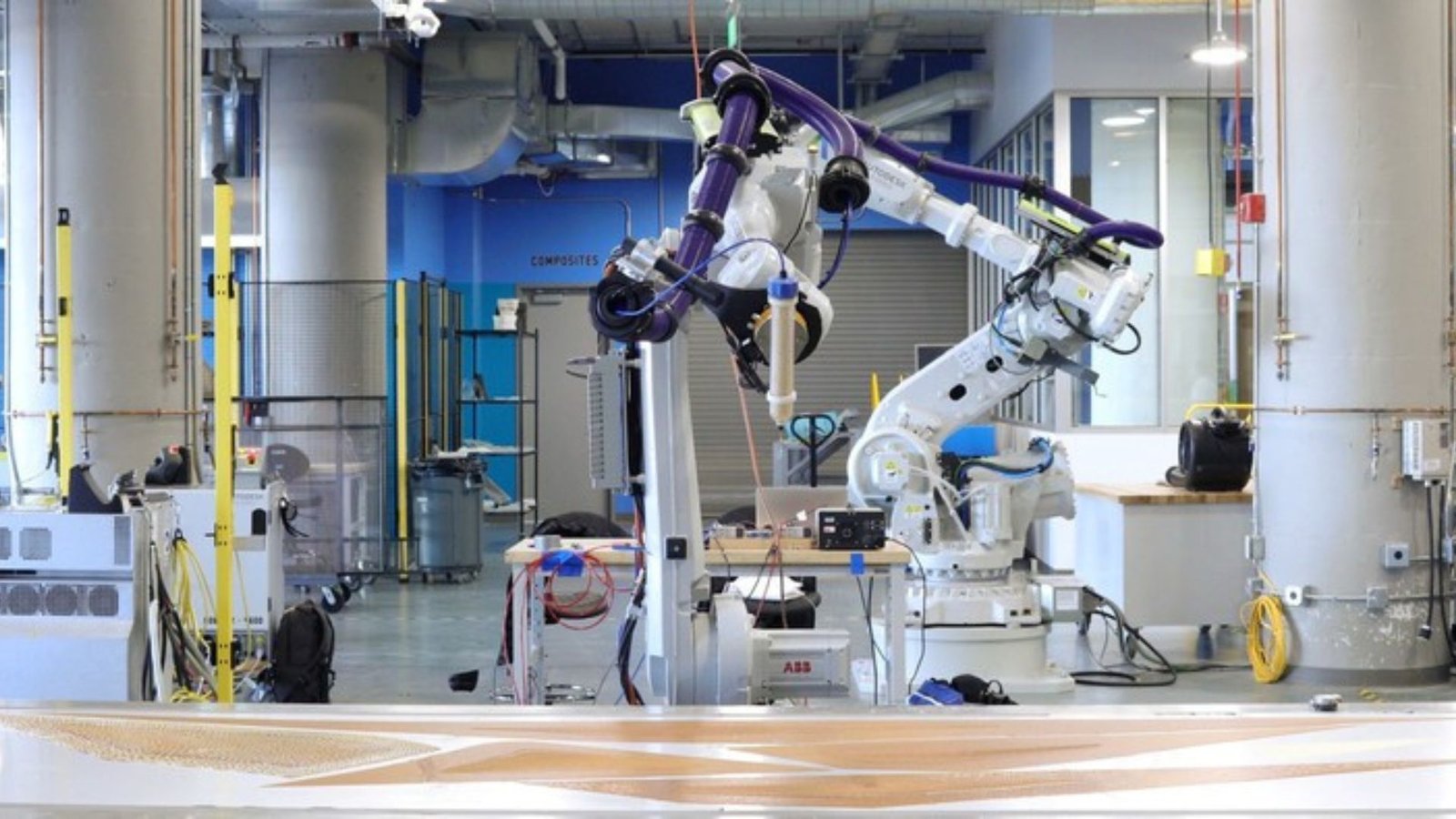Exploring the Latest Trends in Global Architecture
- By -Peter
- Posted on
- Posted in Architectural Design
Architecture, as a reflection of societal values and technological advancements, continues to evolve, adapting to new challenges and opportunities in the modern world. Here’s a comprehensive overview of the latest trends and developments shaping global architecture today:
Sustainable Design Innovations
In response to pressing environmental concerns, architects worldwide are increasingly integrating sustainable design principles into their projects. From net-zero energy buildings to passive design strategies and green roofs, sustainability is at the forefront of contemporary architecture. Innovations in materials, such as recycled and renewable resources, contribute to reducing carbon footprints and promoting eco-friendly construction practices.
Technological Advancements
Digital technologies are revolutionizing architectural practice, enhancing design capabilities, and improving project efficiency. Building Information Modeling (BIM) facilitates collaborative design processes, allowing architects, engineers, and contractors to work seamlessly across complex projects. Virtual Reality (VR) and Augmented Reality (AR) enable immersive design experiences and client presentations, while parametric design tools push the boundaries of architectural form and functionality.
Urban Resilience and Smart Cities
With rapid urbanization, architects are focusing on creating resilient cities equipped to handle environmental challenges and population growth. Smart city initiatives integrate technology with urban planning to enhance efficiency, sustainability, and quality of life. Projects include green infrastructure, resilient building designs, and adaptive reuse of urban spaces to promote community well-being and environmental stewardship.
Cultural Preservation and Adaptive Reuse
Preserving cultural heritage remains a priority in global architecture, with projects balancing historical preservation with contemporary functionality. Adaptive reuse of existing structures—such as warehouses, factories, and historical landmarks—transforms them into vibrant cultural hubs, museums, or mixed-use developments. These projects celebrate local identity while promoting sustainable urban renewal and economic revitalization.
Human-Centric Design Approaches
Architecture is increasingly focused on creating spaces that prioritize human well-being and social interaction. Biophilic design principles integrate nature into built environments, enhancing occupant health and productivity. Inclusive design practices ensure accessibility and usability for all individuals, fostering equitable communities and enhancing social cohesion through public spaces, parks, and community centers.

Global Architectural Icons and Innovators
Across the globe, architects are designing iconic structures that redefine skylines and inspire future generations. From avant-garde skyscrapers to innovative cultural centers and sustainable campuses, these projects push the boundaries of architectural creativity and engineering. Renowned architects continue to lead with visionary designs that address contemporary challenges and envision a sustainable, interconnected world.
Future Trends and Outlook
Looking ahead, global architecture is poised to embrace even greater integration of sustainability, technology, and cultural sensitivity. Advancements in materials science, robotics, and artificial intelligence promise further innovation in construction techniques and architectural expression. As architects collaborate across disciplines and borders, the future of architecture holds promise for creating resilient, inclusive, and environmentally responsible built environments that enhance quality of life for all.
Conclusion
The latest trends in global architecture reflect a dynamic landscape driven by innovation, sustainability, and societal aspirations. From sustainable design innovations to technological advancements and cultural preservation efforts, architects worldwide are shaping a future where architecture not only meets functional needs but also enriches cultural identity, fosters community engagement, and promotes environmental stewardship. As architecture continues to evolve, it continues to play a pivotal role in addressing global challenges and creating spaces that inspire, connect, and endure.



